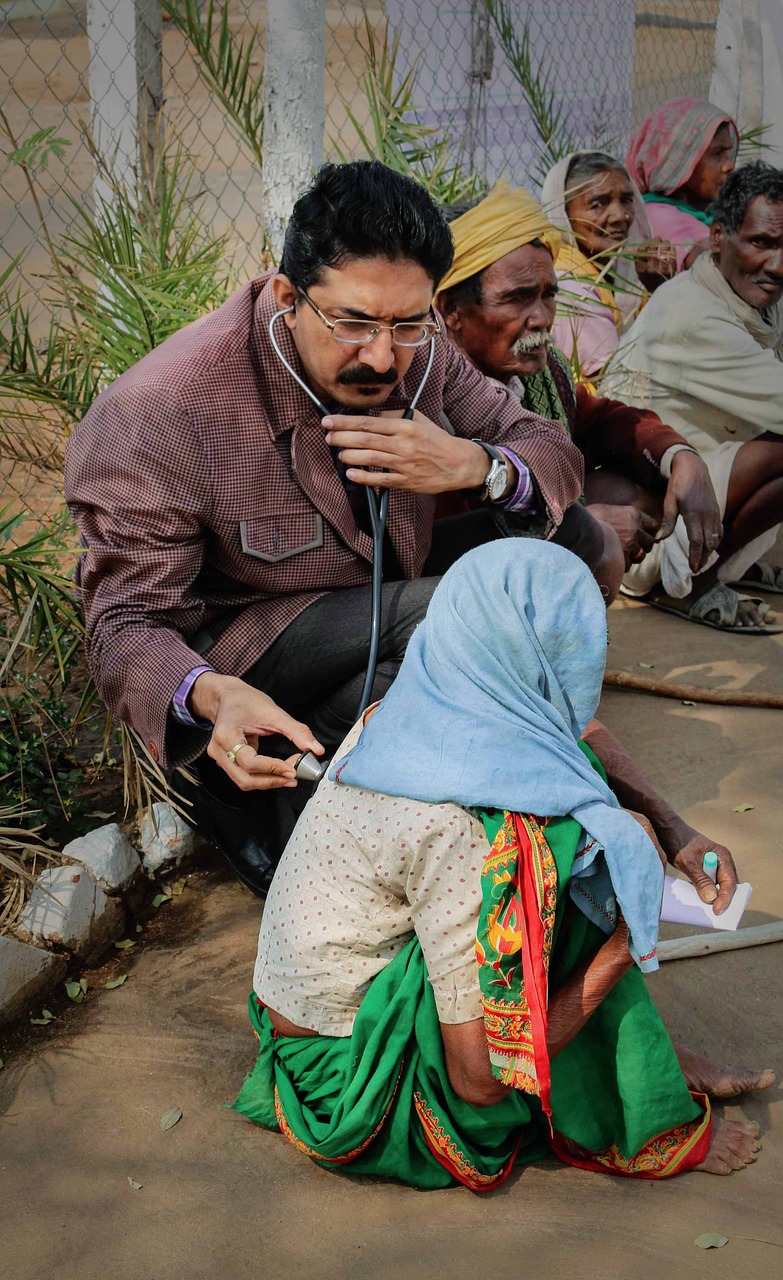New classification of tuberculosis to support efforts to eliminate the disease
 A new way to classify tuberculosis (TB) that aims to improve focus on the early stages of the disease has been presented by an international team led by researchers at University College London, the London School of Hygiene & Tropical Medicine, the Walter and Eliza Hall Institute, University of Cape Town, Imperial College London and the South African Medical Research Council.
A new way to classify tuberculosis (TB) that aims to improve focus on the early stages of the disease has been presented by an international team led by researchers at University College London, the London School of Hygiene & Tropical Medicine, the Walter and Eliza Hall Institute, University of Cape Town, Imperial College London and the South African Medical Research Council.
The new framework, published in The Lancet Respiratory Medicine, seeks to replace the approach of the last half century of defining TB as either active (i.e. causing illness and potentially infectious to others) or latent (being infected with the bacterium that causes TB [M. tuberculosis] but well and not infectious to others) – an approach researchers say is limiting progress in eradicating the disease. Large surveys conducted in over 20 countries recently have shown than many people with infectious TB feel well.
Under the new classification, there are four disease states: clinical (with symptoms) and subclinical (without symptoms), with each of these classed as either infectious or non-infectious. The fifth state is M. tuberculosis infection that has not progressed to disease – that is, M. tuberculosis may be present in the body and alive, but there are no signs of the disease visible to the naked eye.
The researchers say they hope the International Consensus for Early TB (ICE-TB) framework, developed by a diverse group of 64 experts, will help lead to better diagnosis and treatment of the early stages of TB which have historically been overlooked in research.
TB remains the world’s most deadly infectious disease and has caused over one billion deaths in the last 200 years. An estimated three million cases a year are not reported to health systems and more than half of these cases are asymptomatic.
Prof. Rein Houben (London School of Hygiene and Tropical Medicine), co-lead author of the paper, said: “While providing treatment to people who become very sick with TB has saved millions of lives we are not stopping transmission of the disease.”
“To prevent transmission of TB, we need to move away from focusing just on the very sick and look at earlier disease states, identifying people who may be infectious for months or years before they develop TB symptoms.”
“Our consensus framework replaces the old binary concept of ‘active’ versus ‘latent’ TB with a more detailed classification system that we hope, if widely adopted, could help to improve treatment for those with early-stage TB and drive forward efforts to eradicate the disease.”
The framework was developed via a process designed to reach a consensus among the diverse group. The process began with a scoping review of papers and online surveys of experts and culminated in a two-day meeting in Cape Town, South Africa, of researchers from a range of disciplines as well as policymakers, clinicians and TB survivors.
“One key finding in the consensus is moving the disease threshold,” said Dr Anna Coussens, co-lead author from WEHI “and acknowledge that disease does not just start with symptoms or transmission, but when tissue is damaged”.
“In time we hope our framework can contribute to TB elimination by leading to improved early diagnosis and treatment, optimising patient outcomes and minimising transmission.”
The researchers noted that the disease process was non-linear – that people may fluctuate between infectious and non-infectious states, and between the presence and absence of symptoms or signs.
They also said that better diagnostic tools were needed to identify many of the TB states. For instance, there is currently no test to detect a viable M. tuberculosis infection (i.e. one where the bacteria are physiologically active), as opposed to a non-viable infection or recent infection that has cleared.
Dr Hanif Esmail co-lead author from University College London said: “The binary paradigm of active disease versus latent infection has resulted in a one-size-fits-all antibiotic treatment for disease, but designed for those with the most severe form of disease. This leads to potential over-treatment of individuals with subclinical TB.”
“A key research priority now is to identify the best combination, dosage and duration of antibiotics to treat each TB state, as well as the benefits of treating the subclinical states.”
"This work is very important for South Africa where TB prevalence and deaths from TB (especially in HIV-positive people) remains unacceptably high,” said co-author Tamara Kredo of the Health Systems Research Unit of the South African Medical Research Council. “This new framework helps us to open up opportunities for research on how best to diagnose and manage TB. Ultimately, the earlier we can accurately diagnose TB – even before the onset of obvious symptoms, the sooner we can treat it and help to reduce further transmission.”
The international team involved stakeholders from 19 countries including: the International Union Against TB and Lung Disease, The StopTB partnership, World Health Organization, FIND, National TB Programmes, TB Proof, and researchers from a several universities and medical research institutes.
The work was supported by Wellcome, the National Institutes of Health/RePORT RSA, the Bill and Melinda Gates Foundation, the Medical Research Council, the European Research Council, and the National Health and Medical Research Council.
Read the full article at:
Classification of early tuberculosis states to guide research for improved care and prevention: an international Delphi consensus exercise - The Lancet Respiratory Medicine

